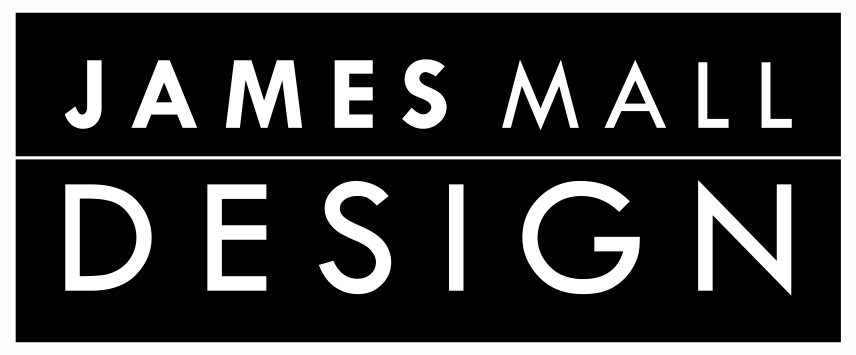Creating an effective website goes beyond just aesthetics; it’s about crafting an experience that resonates with your audience and achieves your business goals. Here’s a comprehensive checklist to guide you through the process:
1. Define Your Audience:
- Understand who your target market is and what they expect from your website.
- Tailor your design and content to meet their needs and preferences.
2. Plan Your Website Structure:
- Determine the pages you need based on your objectives and audience.
- Common pages include Homepage, About, Portfolio, Services, Blog, FAQ, and Contact.
3. Establish Site Policies:
- Ensure legal compliance and build trust with users by including essential policies:
- Privacy Policy: Detail how user data is collected, used, and protected.
- Terms & Conditions: Define the rules and guidelines for using your website.
- Cookies Policy: Inform users about the use of cookies and tracking technologies.
4. Focus on Key Areas:
- Design: Create visually appealing layouts that reflect your brand identity.
- Functionality: Ensure seamless navigation and intuitive user interactions.
- Usability: Prioritise user experience by making information easy to find and digest.
- Technical: Optimise for performance, accessibility, and mobile responsiveness.
5. Regular Maintenance:
- Keep your website updated with fresh content, new features, and security patches.
- Monitor performance metrics and user feedback to identify areas for improvement.
- Regularly review and update site policies to align with legal requirements and industry standards.
Remember, designing a website is an ongoing process. By staying attentive to your audience’s needs and evolving industry trends, you can create a website that not only looks great but also drives meaningful engagement and results for your business.


